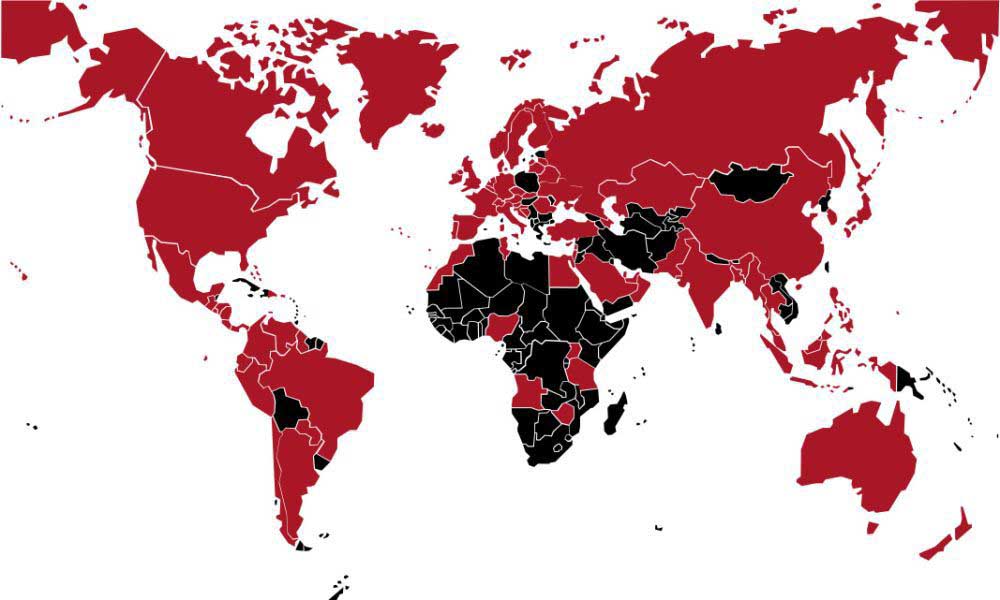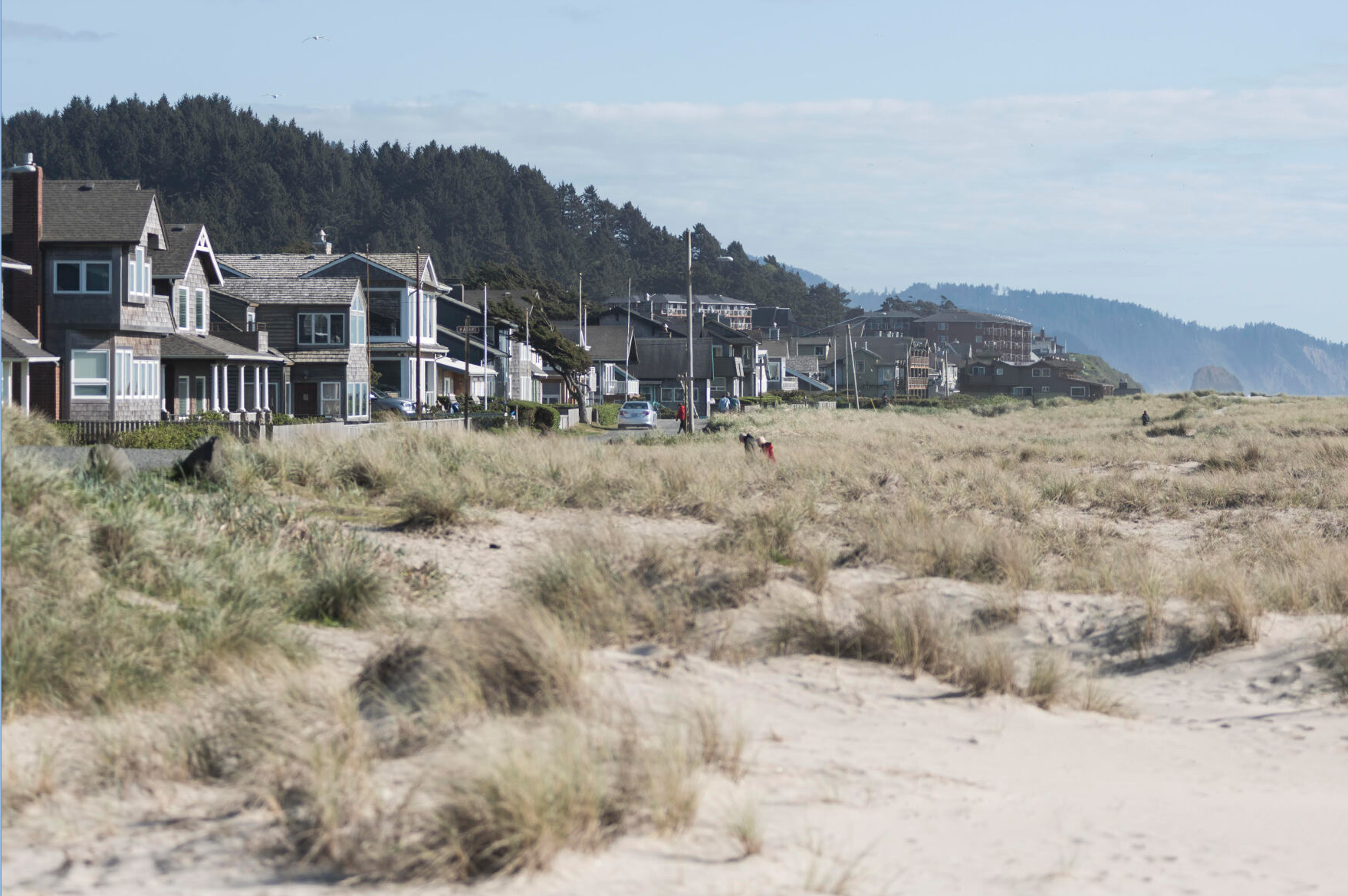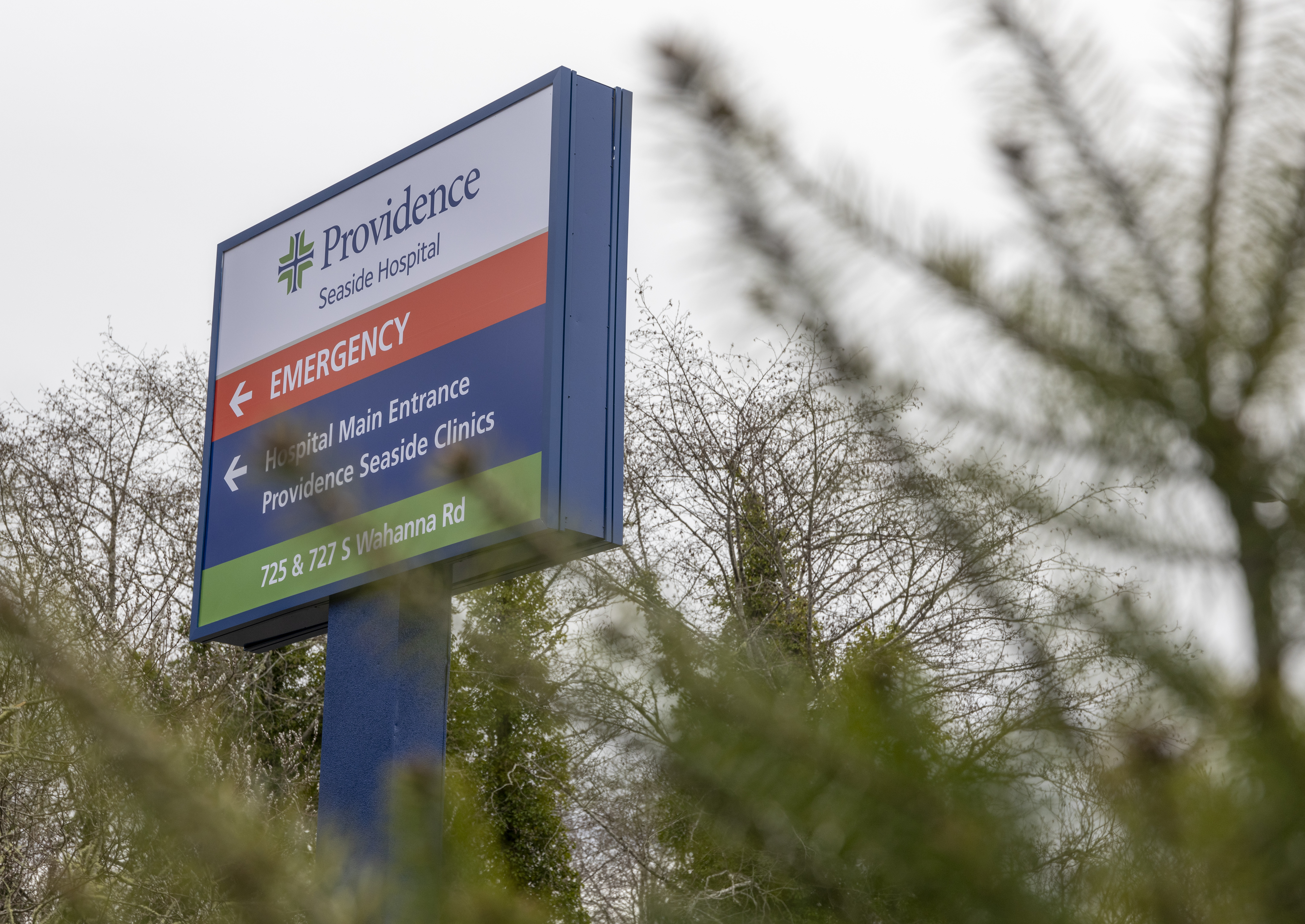Lektro: Tugs bound for military can cost $200,000
Published 5:00 pm Thursday, April 3, 2014

- <p>LEKTRO's electric, towbarless airplane tugs operate in more than 90 countries, serving private airliners, public airports, militaries and a host of other customers.</p>
WARRENTON Somewhat under the radar, a local, family-owned manufacturer at the Port of Astorias Astoria Regional Airport has become a global leader in towing the worlds aircraft with its electric tugs.
Trending
And after recent certifications to tow Airbus and Boeing narrow-body airliners, which make up a majority of the projected number of new aircrafts expected over the next two decades, Lektros future looks as bright as ever.
Eighty percent of the market in aviation in the world is narrow bodies on down, said Eric Paulson, as he accepted the technology and manufacturing award during Clatsop Economic Development Resourcess business success awards in March. Thats our plan, is to attack that market throughout all of the world.
Paulson took over operations of Lektro from his parents at age 19 in 1982.
Trending
The AP8950SDB-AL-200, which is certified to handle the Airbus A318, A319 and A320 models and Boeing 737s, can tow up to 210,000 pounds. Its been certified to tow Boeing planes for about a year and added Airbus to the list last month.
Together, the two aviation giants are projected to add 80 percent more than 28,000 in total of the worlds new aircraft by 2032, according to Avalon Aircraft Leasings 2013 World Fleet Forecast. And 80 percent of the aircraft will be narrow-bodied, right in the niche of Lektro, one of more than 30 airplane tug manufacturers worldwide, but the only with the towbarless, electric design. Paulson said the company developed them in 1967 before electrical vehicles were cool.
Business Oregon, the states primary business support agency, gauges Lektro at about 70 full-time equivalent positions. That translates into about 57 employees, which can change regularly, with an annual payroll of about $3 million.
A little over half is actually creating the tugs, said Henry Balensifer, a Warrenton City Commissioner and a newly hired spokesman for Lektro. Then the rest is sales and parts service, engineering.
Local product
The tugs are a complex amalgamation of raw materials and parts culled from more than 220 suppliers throughout mostly Oregon and Southwest Washington.
We do runs of five for our tugs, said Patrick Reed, a technician for Lektro for the past three years who flies around the world to troubleshoot tugs and used to service aircraft in the U.S. Marine Corps. We gather the parts for them five at a time, order all the steel and everything five at a time.
As the customer orders, we build them.
The production starts with the welding of steel plates into the chassis of the tug, much of which must be within thousandths of an inch of tolerance.
I take pride in my work, said Ed Van Osdol, who after 26 years at Lektro as a welder is one of the companys longest-tenured employees. Its American-made theres not a lot of that left.
He and about seven or eight other welders at Lektro weld the chassis and various components before it goes to be ground and enters a contained booth where employees like Kevin Temple sandblast the contaminants off in full breathing apparatus and a protective suit.
In another enclosed room, after the tugs chassis has been sprayed in bedliner, Kelly Stidham paints the tugs in his polyurethain paint-caked studio.
I go get it, bring it in here, the chassis, and I paint them top and bottom, prime and paint them, said Stidham, whos been painting since he was a kid and working for Lektro 14 years. He uses mostly the stock colors, red and white, with black for many of the smaller parts.
Ive done some pretty artistic paint jobs on these things, said Stidham. Theres some special paint jobs that theyve wanted to match their aircraft that have the swooping stripes and all of that.
Once lined and painted, the chassis head over to assembly areas, where many of the other parts are bolted on. Lektro purchases its differentials and electric motors, but it also manufactures many of its own parts, including all the electrical lines in the tug.
We have jig boards we put the wires on, said Mike Gore, one of several in-house electricians meant to improve quality control by building electrical components in-house.
It will take me about a week to cut, label and terminate all the wires, but thats for five (tugs), said Gore, who takes about an eight-hour shift to ready the wires for one.
The final stages of the tug are quality control of the parts and test drives of the tugs, which can take up to two weeks each to manufacture in total.
Finished product
All welded and bolted together, Lektros quiet tugs can run anywhere from $17,000 for a basic tug to $200,000 for a fully equipped model designed for military use. Lektro keeps pages of possible customizations, from various towing attachments to forward- and rear-facing video cameras. Reed said its all about accommodating the customer.
And its electric vehicles, first created in the late 1940s to quietly feed mink farms, still whisper their way across tarmacs. The only noticeable sound these days is the hydraulic oil pumps keeping everything lubricated.
Lektro delivers tugs to many different entities, its largest customer base being fixed-base operators, corporations and regional airlines. But it also supplies general aviators, militaries and, especially with the recent certifications, major airlines.
The company exports its shrink-wrapped tugs, like plastic bat mobiles, on flatbead and trailer trucks, transferring them to international shippers in Longview, Wash., and the Portland area.
With the unprecedented purchases of A320- and 737-sized aircraft, we are excited to be able to address the market demand for vehicles that can safely handle them, said Vice President Jesse Long.
By 1999, the company became the preferred tow vehicle for every regional airline in North America. Long, along with other sales representatives, travels to many of the more than 90 countries that use Lektros tugs 50 percent of the companys market is international.
Paulsons run his business with the inherent disadvantage of being on the coast and farther away from customers and larger infrastructure and international shippers. Hes previously said he stays on the coast because of the connection of his parents, who started as Willamette Aircraft & Engine Company in Beaverton in 1945 but relocated entirely to Astoria three years later.
Only about .5 percent of the companys business is in Oregon, but Paulson said it adds about $50 million to the local economy in total. Thats why I push manufacturing wherever I can.
Manufacturing is kind of a dying breed, and being in Clatsop County, its not like were harvesting logs and going out to the local river to produce our product. We bring all the raw steel in, the raw materials in, and we build our product here, design them here and ship them from here. Were proud to be from Clatsop County.
And by the numbers, Lektros created quite the efficient and prolific manufacturing process since the 1960s. It recently delivered its 4,300th Lektro, as the tugs are colloquially known, personally delivered by Long to fixed-base operator Million Air at the Calgary International Airport in the Canadian province Alberta.









